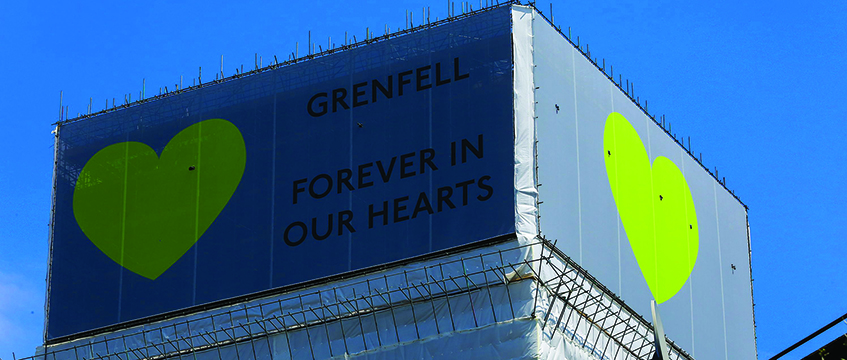COMMENT During the coronavirus pandemic it is easy to forget that three years ago, one of the most horrific fires of modern times caused the death of 72 people at the Grenfell Tower in west London.
Yet the outcome of that terrible tragedy is still working its way through the courts, together with microscopic examination of the fire and building safety regulations. And at the beginning of June, the government launched its £1bn Building Safety Fund Prospectus for the replacement of dangerous cladding.
This follows the £600m that was allocated for ACM cladding remediation, which was the type used at Grenfell. If there is a lesson to be learnt from the first tranche of funding, it is that applying for the grant is extremely challenging and needs a broad range of property, landlord and tenant, and construction knowledge to be successful.
Controversially, the new fund applies only to buildings of more than 18m in height, but has been extended to include high pressure laminate, wood, and other class C/D claddings. The eligibility application closes on 31 July.
The eligibility application is complicated enough, but once eligibility is confirmed then the hard work begins, with the formal application for grant’s deadline being November 2020.
Taking responsibility
Submitting the application is a time-consuming process requiring a project team and coordination with over a dozen parties, as well as meeting the prescriptive requirements of the application.
Say was successful in helping a resident management company client gain approval for a multi-million-pound grant from the initial fund, and has learnt a great deal about navigating the application requirements in the process.
There are a host of questions and other matters to consider. A fundamental question is who is responsible for making the application? It is normally the party named in the lease that could either be a freehold landlord, an intermediate landlord, or even an RMC.
In addition, the new Fire Safety Bill currently going through parliament requires landlords to mitigate the fire safety risks of any external wall systems, and it is not just limited to buildings above 18m. If they fail to do so, it is likely that the government will consider taking enforcement action. As BSF only covers cladding and the grant is not available to remedy inadequate fire-stopping or fire-compartmentalisation measures, there is the question of who pays for that?
Limited funds
The BSF poses additional questions. Government says that once the £1bn pot is used up there is no more money available, but industry experts say that £1bn of expenditure will be totally inadequate. Surely it would be inequitable for one residential block to receive the grant but not another?
There should be a host of alarm bells ringing for landlords. Should they fail to apply and subsequently look to recover the costs of remediation from tenants, it is possible the tenants will look to the first tier tribunal to void their liabilities on the basis that the landlord has acted ‘unreasonably’. Failure to consult correctly on the parts of the major works not met by the fund could result in recovery from individual tenants being capped at £250, however.
The claims story is set to run and run, but if handled correctly by government it could be a win-win. There would be substantial building work for contractors helping to kick-start the economy, leaseholders and tenants would be living in safer homes, and there would be mortgages available to reinvigorate the property market once again.
But for now the application process is not for the faint-hearted, with speed and cross-profession knowledge being of the essence.
Charles Seifert is a partner at Say Property Consulting











